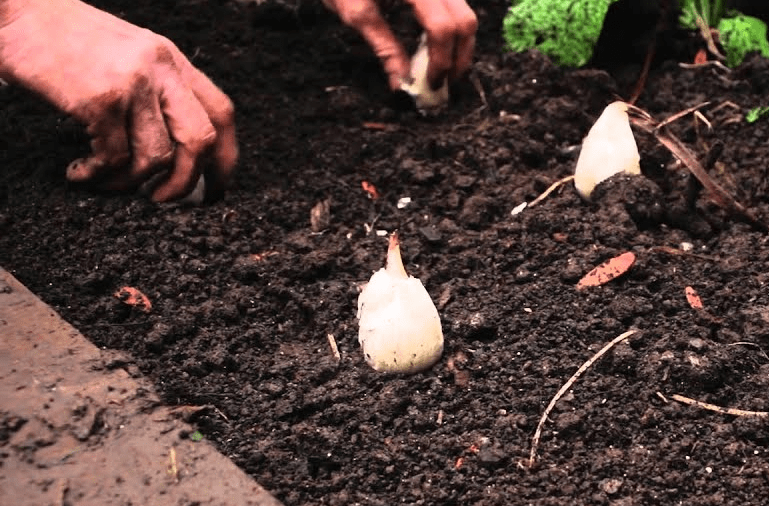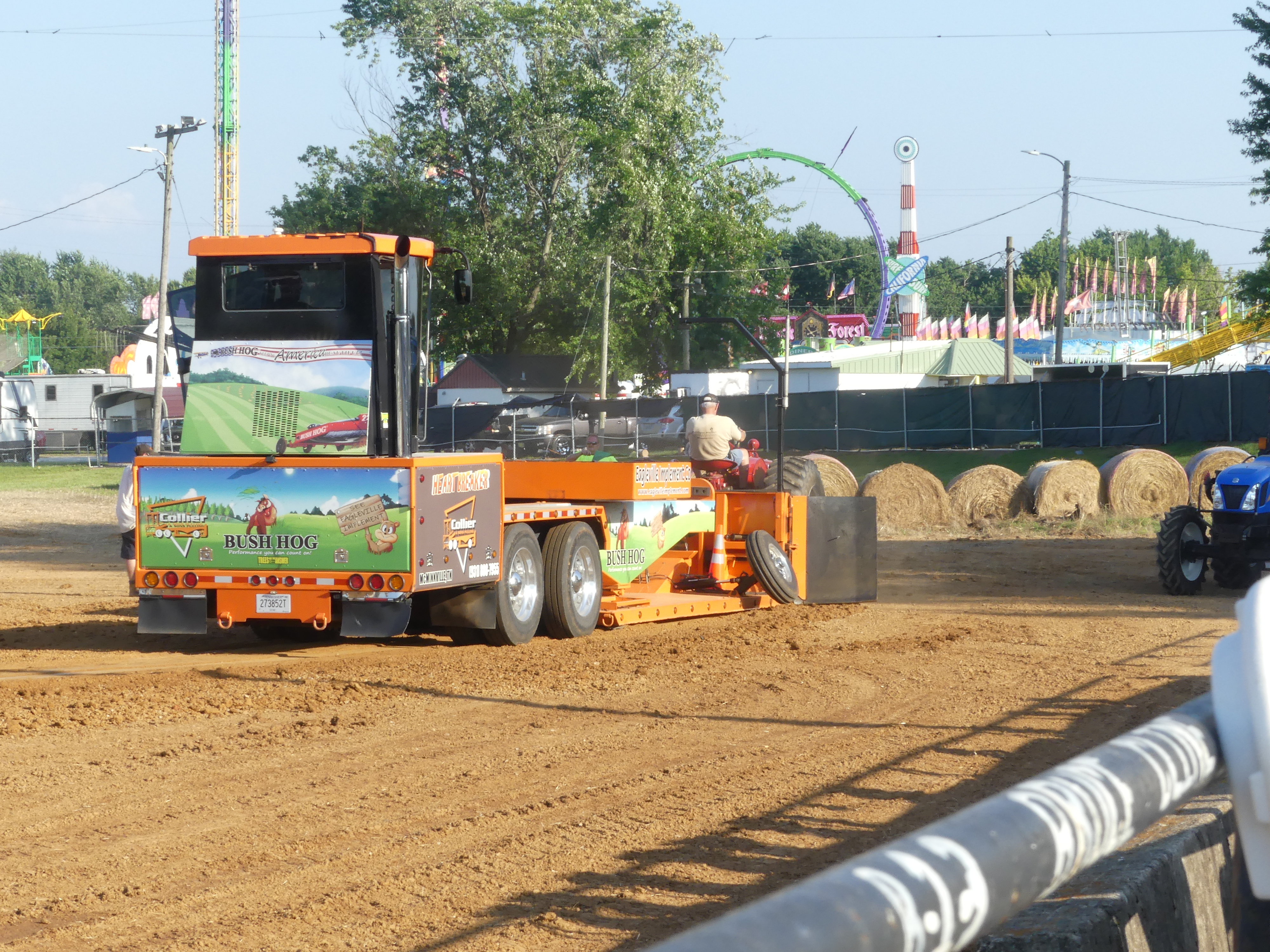Don’t turn your back on your garden just yet. Fall is the perfect time of year to plant garlic. Garlic takes fall and winter to develop its roots. They will start to produce foliage in early spring, and you’ll harvest in summer.
Garlic is part of the Allium genus (amaryllis family), which includes onions. Garlic cultivars are categorized as either hardneck or softneck. Hardneck varieties tend to be more “garlicky” in flavor, with a hotter or spicier profile. They produce a flower stalk, called a scape, in the late spring. Cut off the scapes to encourage the plants to grow bigger bulbs, but don’t throw them away. Scapes are delicious and add a delicate garlic taste to salads, side dishes or pesto.
Softneck varieties lack a center stalk and are usually milder in flavor. The garlic you’ll find in grocery stores are generally softneck varieties. They often have more and larger cloves than the hardneck varieties. Other traits that can differ between cultivars include clove arrangement, color and skin tightness.
Hardneck varieties require a long, cold winter for their dormancy period, so it’s a good idea to plant both hardneck and softneck varieties. This will not only give you a range of flavor profiles, but you’ll be sure to have at least one variety succeed, if the winter isn’t cold enough.
The largest cloves produce the best plants. Get your seed bulbs from a seed company or local nursery. Planting cloves from bulbs you’ve bought at the grocery may produce garlic plants but usually won’t produce as well as nursery stock. They may not be a good variety for this area, plus they are often harder to grow, because they are often treated to produce a longer shelf life.

While garlic is relatively easy to grow, the goal is to plant it before the soil freezes, but not so far out that it has time to put out top growth before the ground freezes. In this area, that usually means October and early November planting. Soil preparation is crucial for success. Garlic needs well-drained, slightly acidic soil that’s rich in organic matter. Heavily compacted soils make bulb production difficult. Planting in raised beds promotes good soil drainage, reduces soil compaction and increases the ease of harvest. Mix compost and aged or composted (never raw) manure into the soil to provide the nutrients the plants need. A soil pH of 6.5-7 is best.
Plant cloves 2 to 4 inches apart and 2 inches deep, with the pointed end facing up. Rows should be 10 to 14 inches apart. Mulch immediately after planting.
Next July and August, dig plants and hang in a dry area for several weeks, then store them as you would potatoes or onions—cool but not refrigerated, dark and dry. Your bountiful harvest of cloves will be available through the rest of the year.
— Rick Durham, extension professor, Department of Horticulture, University of Kentucky








